Flavor characteristics of Coffee beans in Hilado, Brazil; suggestion on water temperature ratio parameters of hand-brewing Brazilian coffee
To say which country produces the most coffee, Qianjie thinks it belongs to Brazil. The total annual output is about 2.7 million metric tons, accounting for 1/3 of the world's total coffee bean production. But you know what? In fact, the geographical environment of Brazil is not suitable for the growth of coffee. After consulting the coffee in the front street, it is found that the landform of Brazil is single and the climate is very dry. The altitude is also generally low, the average elevation of Brazilian coffee plantations is about 1000 meters, and in the past, to increase the production of Brazilian coffee, semi-mechanized machines were often used to harvest mature and immature coffee together, resulting in low quality raw coffee. When coffee became the main cash crop in Brazil, with the transformation of soil and the improvement of coffee varieties, Brazilian coffee beans successfully counterattacked.
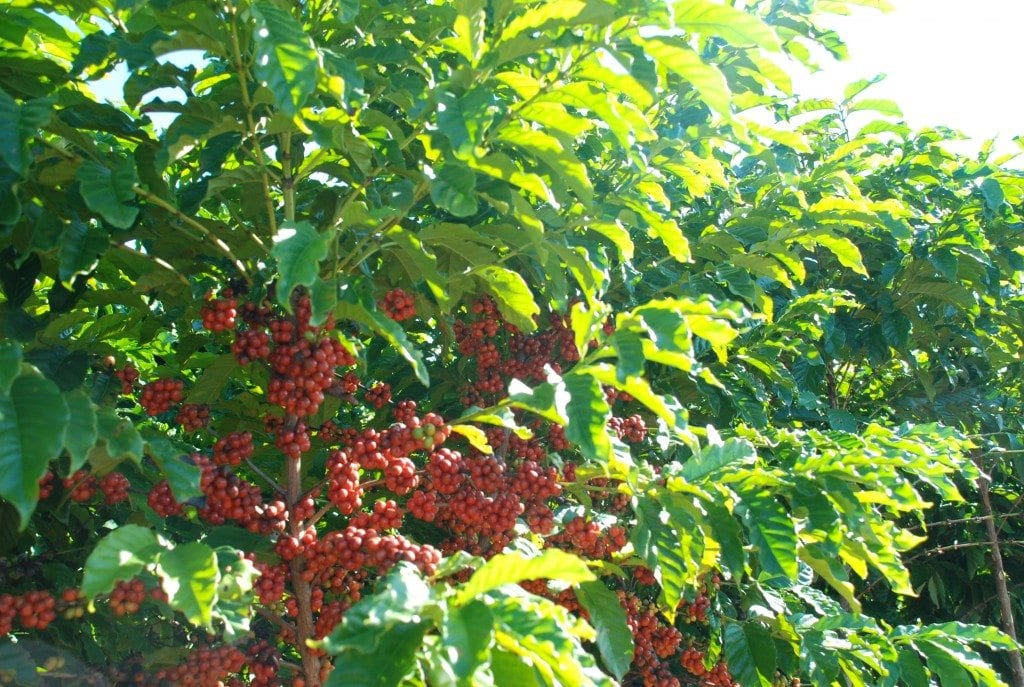
At present, it is known that the production of Brazilian coffee beans is concentrated in the central and southern regions, distributed in seven states, and there are about 14 coffee producing areas, namely: South de Minas, Mount Minas, Chapada de Minas, Matas de Minas, Mogiana, Centro-Oeste de S ã o Paulo, Montanhas do Esp í rito Santo, Conilon Capixaba, Cerrado, Planalto da Bahia, Atlantic Bayano, Parana, Rondonia, cerrado. Among them, nothing is more representative than the producing area of Syrador. It can be said that South Minas and Hilado have contributed immeasurably to the rise of Brazilian coffee.
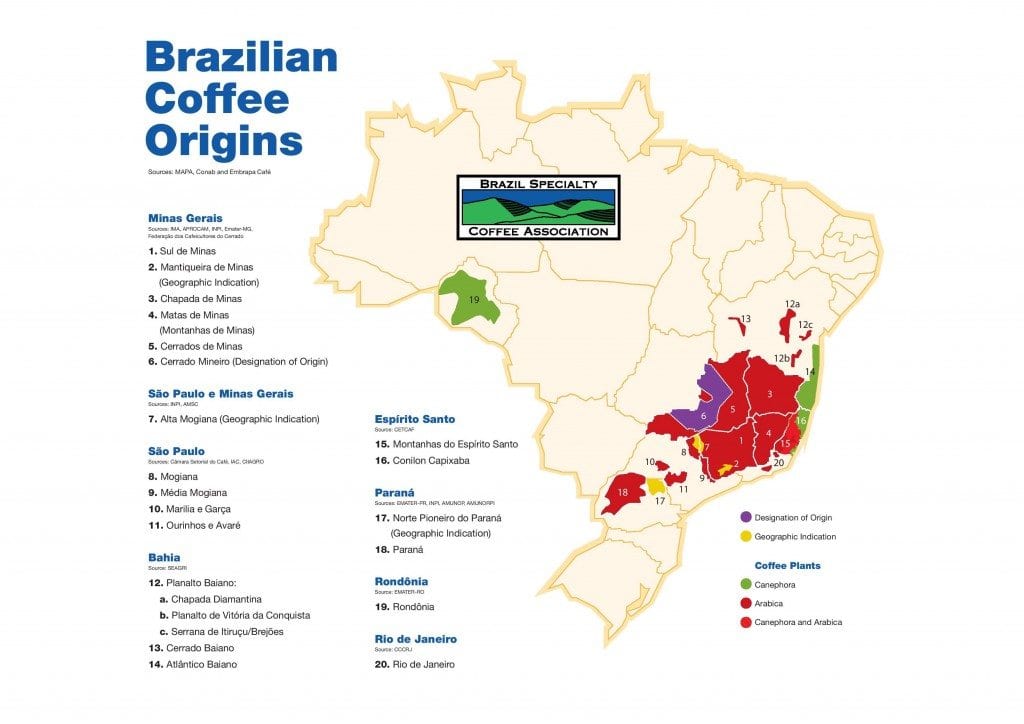
The Syrador producing area is located in the mountains south of the "Hirado Prairie Climate Zone" covering an area of about 2 million square kilometers across eight provinces in central Brazil. this Hirado steppe is the largest savanna (or tropical savanna) in South America, is rich in native plants and animals, and its climatic and ecological characteristics are obviously different from those of the Amazon in northern Brazil.
Most of the coffee in Xiladu producing area is planted at about 1000 meters above sea level, the soil is fertile and rich in minerals, and the coffee beans are mostly washed or semi-washed, with a delicate and clean flavor, especially the unique fragrance of Xuanmi tea. There is also a chance to taste the sweet or milky aroma of nuts, which is a very interesting coffee bean.
The so-called Hirado coffee producing area (Cerrado Coffee Region) refers to the area where the prairie extends to the plateau of 850 ∼ and 1200 meters above sea level in Minas province, which is different from the "southern Minas" which is also located in Minas province. The flat and open terrain of the prairie is particularly suitable for the establishment of a large manor here, coupled with a clear dry and wet season and a cooler climate on the platform, which synchronizes the ripening time of coffee berries, so the Syrador producing area is unique among many producing areas in Brazil. it can be called a choice of high-quality Brazilian beans.
How can Qianjie, as a high-quality coffee harvester, let go of its coffee beans? The Brazilian bourbon coffee beans on the front street are from the Hilado region of Brazil. In order to get more excellent coffee beans, Qianjie chose Baicao Manor, which is one of the coffee estates with a long history in Brazil. The quality of raw coffee beans is guaranteed. Founded by the Andrader family in 1901, the area is between 1100 meters and 1200 meters above sea level. Due to the balance of dry and wet seasons and the nourishment of volcanic soil, the coffee beans of the estate have won many awards.
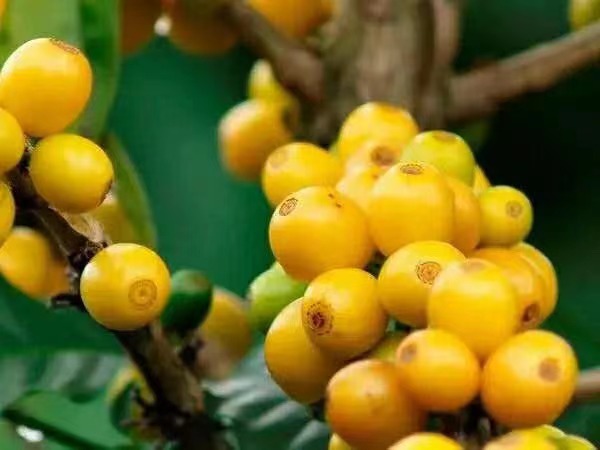
Hirado hundred Grass Manor, Brazil
Producing area: Syrador
Variety: Huang Kaduai, Kaddura
Treatment: insolation
Altitude: 1100 m
This coffee bean has a balanced flavor and taste and has a very typical Brazilian coffee style. The nut flavor is outstanding, the chocolate flavor is obvious, and the acidity is low. Like many coffee with high alcohol thickness, Qianjie uses this coffee with a medium roasting degree, reducing the unpleasant acidity in this coffee. Enhance its alcohol thickness to make the whole coffee drink smoothly.
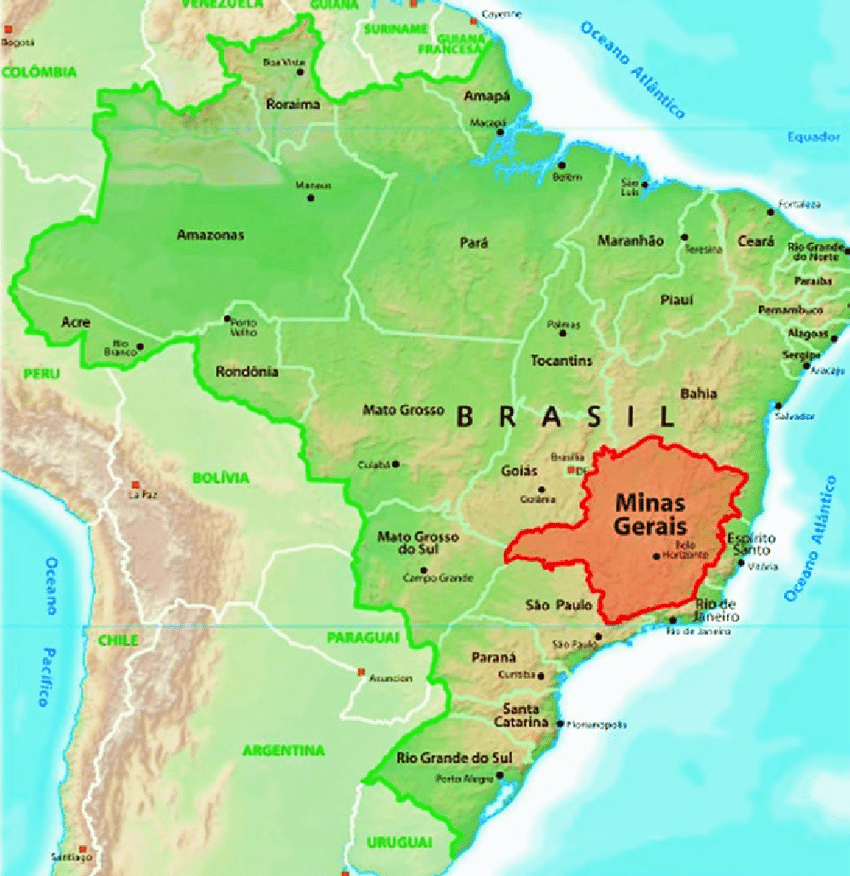
The dry winter in South Minas, abundant Rain Water in summer and distinct dry and wet seasons contribute to the yield and quality of coffee, but the only disadvantage is that there is too much iron in the soil and lack of necessary minerals such as nitrogen and calcium. The Brazilian authorities do not hesitate to spend a lot of money to tailor and modify soil minerals for coffee farmers with high-tech technology to help coffee grow healthily. And establish a large-scale irrigation system to serve the poor conditions of dry and barren soil. And Minas Gerais state coffee production can reach almost 50% of the total Brazilian coffee production, is the main source of Brazilian coffee.
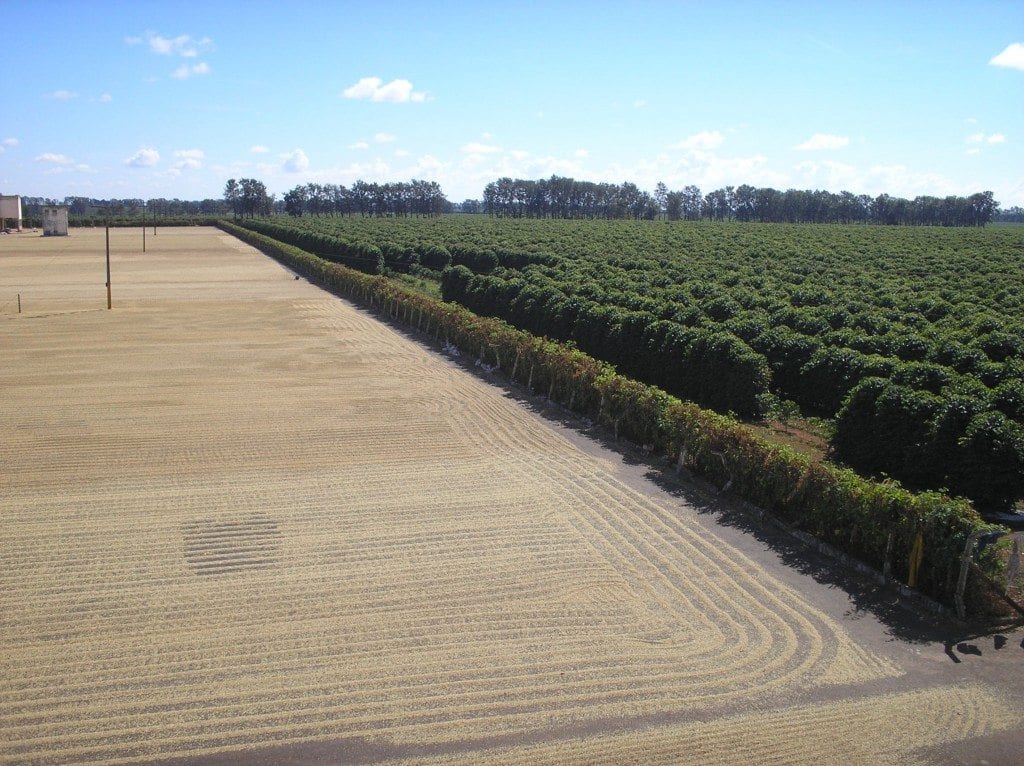
In 1927, the earliest breed of coffee that caused Brazil was the iron pickup. However, due to its low production and poor disease resistance, it is not suitable for economic benefits, so it is eliminated by Brazilian coffee. In 1869, Brazil introduced bourbon coffee from Bourbon Road or Yemen, which soon replaced the iron pickup because of its high production capacity. In 1935, a variety of bourbon coffee was found in Brazil and named Kaddura, but it has not become the main coffee bean species in Brazil because of its poor growth quality. At present, Bourbon, Kaduai, New World and Maragogype are the main beans in Brazil.
The yellow bourbon of the former street coffee is taken as an example, this time the front street chose the yellow bourbon coffee beans of the Queen's Manor in the Morgiana producing area of Sao Paulo state. Queen's Manor has 280 hectares of coffee planting area, of which 200 hectares are yellow bourbon coffee. Due to the advantages of topography and climate, it has become a unique place for producing Brazilian boutique coffee.
Queen's Manor of Brazil
Producing area: Morgiana
Variety: yellow bourbon
Treatment: insolation
Altitude: 1400-1950
The taste of this coffee bean is very obvious. Qianjie uses medium roasting degree to stimulate its nutty aroma to increase its mellow thickness, while at low temperature, this coffee will have a weak acid with a slightly fermented fruit flavor.
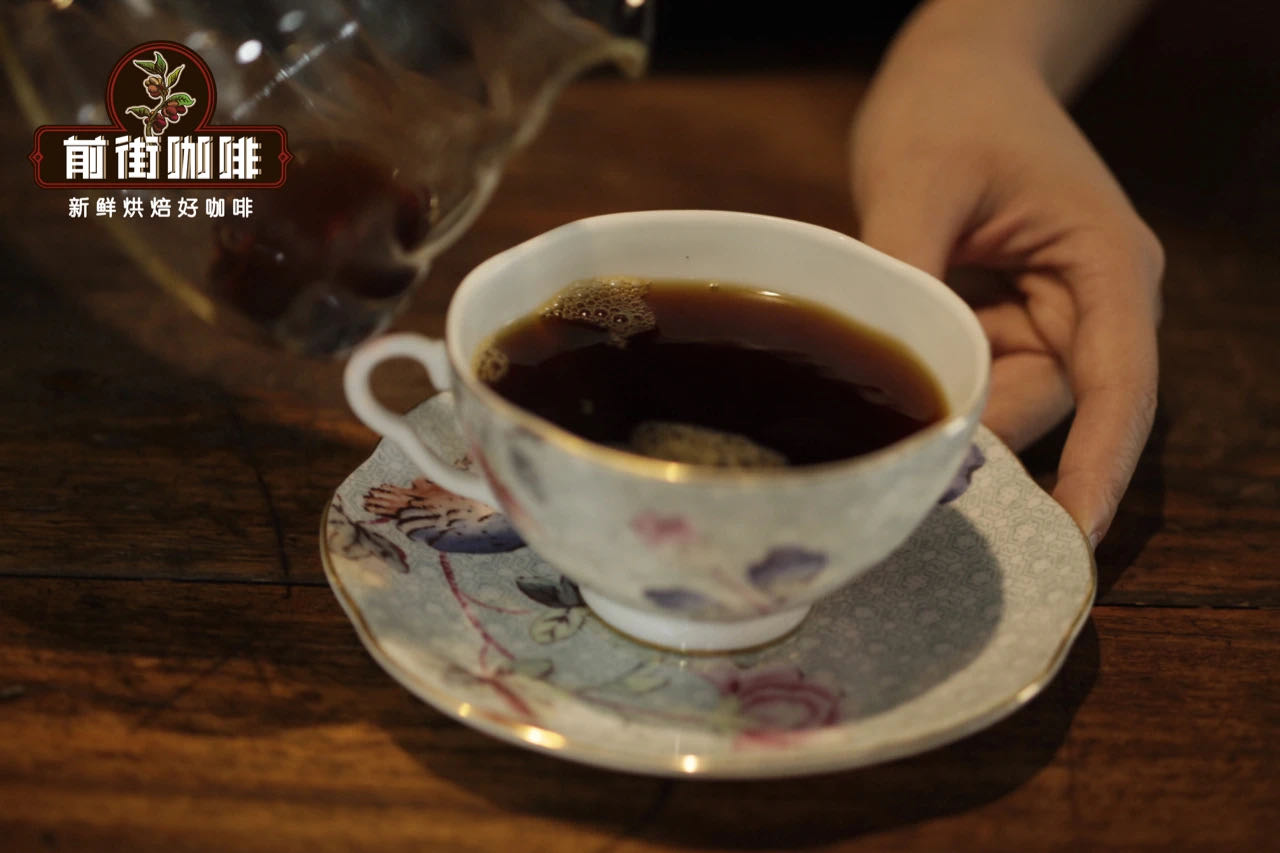
After 2000, due to the international auction held by the COE International Coffee Cup Test, coffee farmers have this incentive to strive to produce high-quality coffee. The quality of coffee beans produced in the high altitude areas of the south has been well appreciated, mainly by the farms around the Minas high platform, and the coffee quality is also the largest output of Brazilian beans. For example, Minas in Minas West and Matas in the east, Bashiya in the north or small farms in the south, Minas has almost become synonymous with Brazilian boutique coffee. In recent years, coffee is so accurate that it is separated by treatment (water treatment, half water washing, half sun drying). These methods have developed a variety of flavor and taste in improving the characteristics of Brazilian coffee, which is quite different from traditional Brazilian coffee. In particular, half-sun method and half-water washing beans and sun method perform best, which will increase the aroma of cleaner, low-acid fruit and reduce the rich chocolate flavor of the coffee. Only recently, the weather in Brazil is quite bad, and coffee production in Brazil is expected to decline significantly in 2022 because of frost and drought.
Due to the flavor and taste characteristics of Brazilian coffee, kono filter cups are used to extract varieties in Qianjie stores. Many customers will ask why. Here in front of the street, let's introduce some tips for brewing Brazilian coffee.
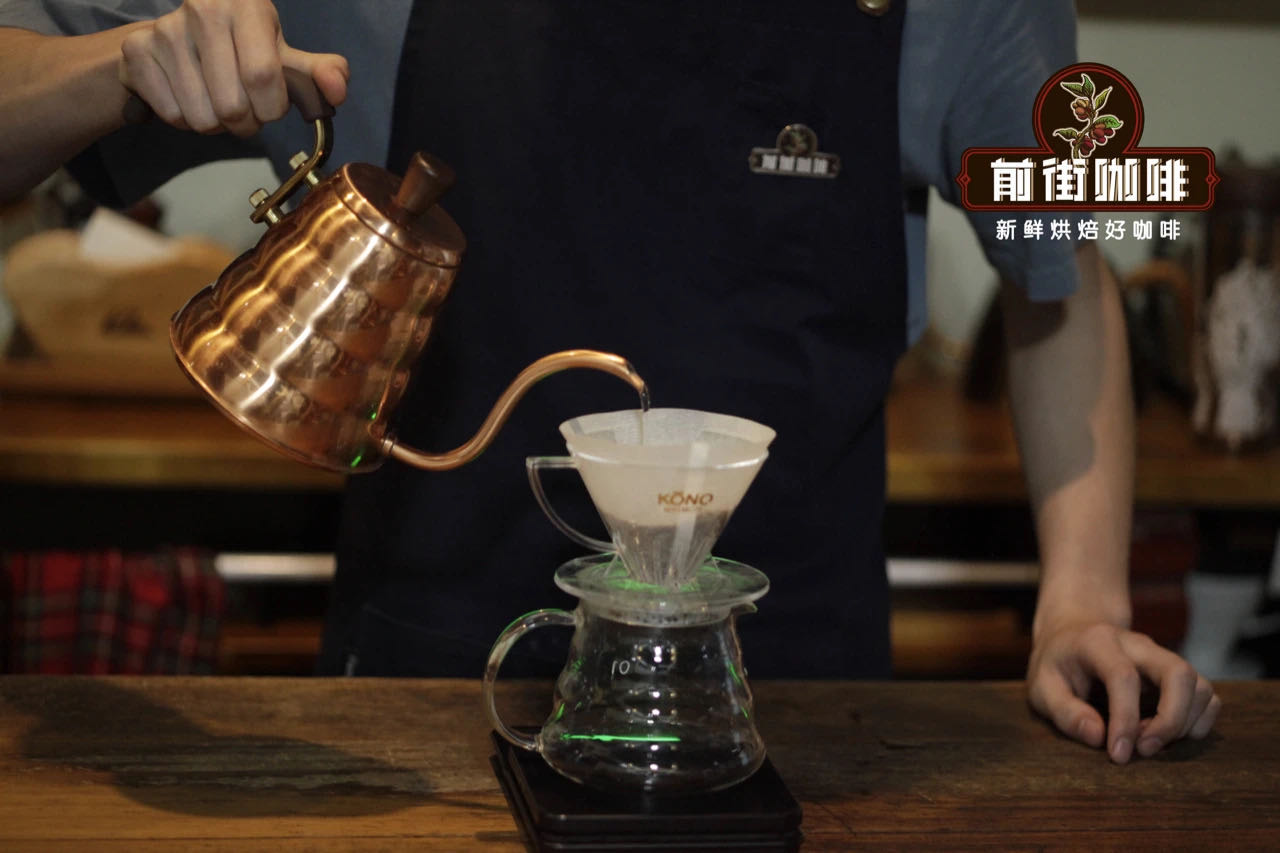
Qianjie Coffee extraction parameters:
Kono filter cup
88 ℃ water temperature
15 grams of powder
1:15 powder-water ratio
The degree of grinding is medium and coarse (the pass rate of Chinese standard No. 20 screen is 70%)
In order to increase the thickness of caffeine in Brazil, kono filter cups are used in the front street. Through observation, we will find that the ribs of the V60 Kono filter cup are so short that it is almost impossible to achieve the effect of drainage. In the cooking process, the upper part of the kono filter cup is squeezed by the air to stick the filter paper and the green cup together, similar to the "siphon" phenomenon. The coffee liquid tassel will take notes, ah, slow, because the contact time between coffee powder and water is longer, which is conducive to the increase of the thickness of caffeine. To prevent excessive extraction, for example, Qianjie lowered the temperature of the water used for cooking to 88 degrees. When the temperature decreased, the movement of water molecules became less active, so the extraction speed decreased. If you are interested, you can use V60 and kono green cup extraction to try, maybe there will be a different feeling.
Professional coffee knowledge exchange more coffee bean information please follow the coffee workshop (Wechat official account cafe_style)
For more boutique coffee beans, please add private Qianjie coffee on Wechat. WeChat account: kaixinguoguo0925
Important Notice :
前街咖啡 FrontStreet Coffee has moved to new addredd:
FrontStreet Coffee Address: 315,Donghua East Road,GuangZhou
Tel:020 38364473
- Prev

What are the taste and flavor characteristics of Brazilian coffee sirado? How to Hand Make Brazilian Café
Professional coffee knowledge exchange More coffee bean information Please pay attention to coffee workshop (Weixin Official Accounts cafe_style) Brazilian coffee Xilado taste and flavor characteristics? How to hand brew coffee beans from Brazilian sirado region? Produced in 8501200 meters above sea level grassland, the annual average temperature of 20 degrees, dry and wet seasons and comfortable low temperature to form a unique flavor of this bean. Cerrad
- Next

What are the flavor and taste characteristics of Brazilian coffee-Syrado coffee? Suitable roasting of Brazilian coffee
Professional coffee knowledge exchange more coffee bean information please follow the coffee workshop (Wechat official account cafe_style) Brazilian coffee-Hirado coffee flavor and taste characteristics? What is the suitable roasting degree of Brazilian coffee? It has melons and cardamom aromas, and sometimes a hint of raw tomatoes. After cooking, the aroma rises with citrus aromas and silky acidity after warm and cold.
Related
- Detailed explanation of Jadeite planting Land in Panamanian Jadeite Manor introduction to the grading system of Jadeite competitive bidding, Red bid, Green bid and Rose Summer
- Story of Coffee planting in Brenka region of Costa Rica Stonehenge Manor anaerobic heavy honey treatment of flavor mouth
- What's on the barrel of Blue Mountain Coffee beans?
- Can American coffee also pull flowers? How to use hot American style to pull out a good-looking pattern?
- Can you make a cold extract with coffee beans? What is the right proportion for cold-extracted coffee formula?
- Indonesian PWN Gold Mandrine Coffee Origin Features Flavor How to Chong? Mandolin coffee is American.
- A brief introduction to the flavor characteristics of Brazilian yellow bourbon coffee beans
- What is the effect of different water quality on the flavor of cold-extracted coffee? What kind of water is best for brewing coffee?
- Why do you think of Rose Summer whenever you mention Panamanian coffee?
- Introduction to the characteristics of authentic blue mountain coffee bean producing areas? What is the CIB Coffee Authority in Jamaica?

